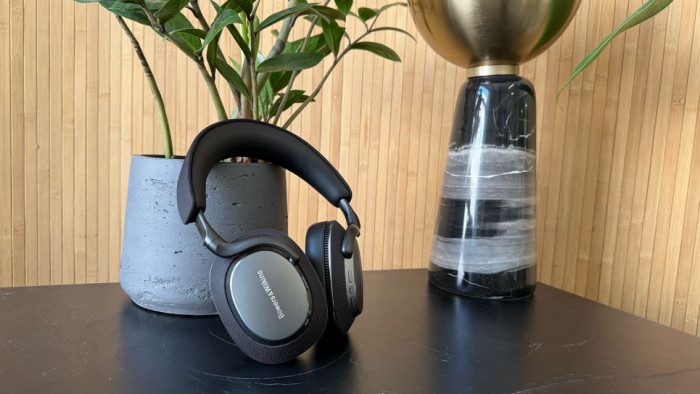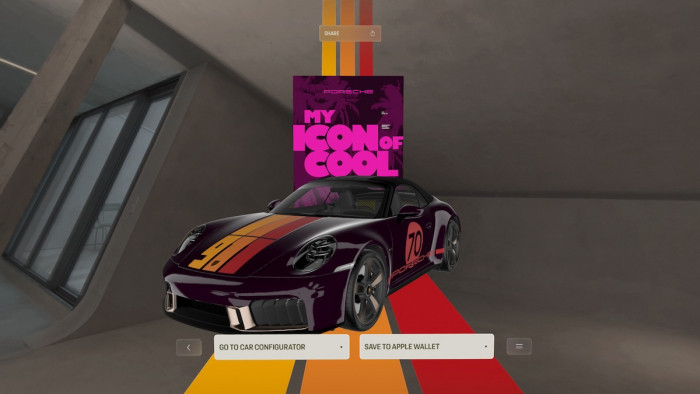Windows, the faithful old workhorse of Microsoft, is getting an upgrade.
The confusing, sort-of-touch sort-of-desktop Windows 8.1 is being shuffled away and replaced by Windows 10 - a gleaming land of tiles, Cortana and the glorious return of the start button.
You can download it here, and Microsoft really wants you to. Like, really badly. They'll give it to you for free if you're currently running Windows 7 or 8.1.
A lot has gone into building the new operating system - but rather than bore you with heaps of stats on how it'll free up your RAM, we've picked out the highlights of 10's offerings.
Cortana
Having made a home for herself on Windows phones, Cortana is now making her way to desktops and tablets (everything that runs Windows 10 basically - and there's an app version for Android and iPhones as well).
Functioning in a similar way to Google Now and Siri, Cortana will look over your shoulder at all you use your Windows 10 system for, linking up with the web browser Edge (the Internet Explorer replacement, see below), calendar and mail to feed you potentially useful information. She's basically a search tool with new tricks.
You've seen Spike Jonze's Her, right? Well Cortana is sort of like the earliest possible iteration of an all-knowing personal assistant. But she's not going to become your new lover, don't bother asking her to talk dirty to you. That's just weird.
Edge
Internet Explorer is dead.
Microsoft has finally retired its creaking old browser for Edge - a new, shiny champion it's hoping will finally compete with Google Chrome.
You'll have seen some of Edge's tricks before on another browser: Bing will jump in with suggestions as you type, just like Chrome, and it can save pages for reading later. The nicest aspects of the new browser include muting "distractions" on a page to let you focus on reading, Notes, that allows you to draw and write directly onto a page.
Most importantly? It's fast. A lot faster than IE, up there with the likes of Firefox and Chrome for browser speed. Microsoft isn't offering it to anyone not running Windows 10, so you'll only get to play with it if you upgrade.
Security
Gone are the days of McAfee slowing down your computer, security packages pinging up alerts and a general fear that your computer is one email away from the infection that will finally kill it.
As the most popular operating system in the world, Windows has been - and always will be - targeted by those who want to get at your digital personals. But Windows 10 has a raft of new security features - from Passport, which will authenticate any app you're looking to open (and prevent malicious apps from downloading), to Hello, which will allow you and only you to open your device with a variety of biometric options - from facial recognition to finger prints.
Edge will also have a bunch of new security measures to protect your trips around the dirty web, while Windows Defender will jump on anything that looks like a bug.
Give it about six months and there'll be headlines of the latest Windows 10 hack or exploit - but at least they're getting ready for it.
Start

A simple one to pick out, but the new interface of Windows 10 is a lot better than that of 8 and 8.1, thanks in part to being more like the old interface.
Microsoft has learnt from its attempt to push users toward a touchy-feely tablet interface with Windows 8 and 8.1 - a confusing half-way-house that wasn't quite right on a normal desktop computer (unless you had a touch screen) and didn't feel all that natural on a tablet.
The live 'Tiles' now feel much more at home in the Start menu, revealing themselves from the desktop rather than having to open the bewildering world of the Start Tile screen. There's also options for multiple 'virtual' desktops - a feature borrowed from the likes of Linux.
All of this will make a great deal of difference if you're using multiple devices with Windows 10 - allowing you to pull in tiles and features from all of your gadgets without getting confused as to what lives where.
A Hololens future
Everything's set to go Minority Report for Windows 10 when Microsoft's HoloLens arrives (hopefully early 2016).
Powered by a computer running Windows 10, the HoloLens will allow you to interact with programmes by waving your hands about like a muppet and swearing under your breath.
Is it going to be useful? That's up for the software developers, who are going to have to learn what this tech can do. Is it going to be cool? Impossibly.










